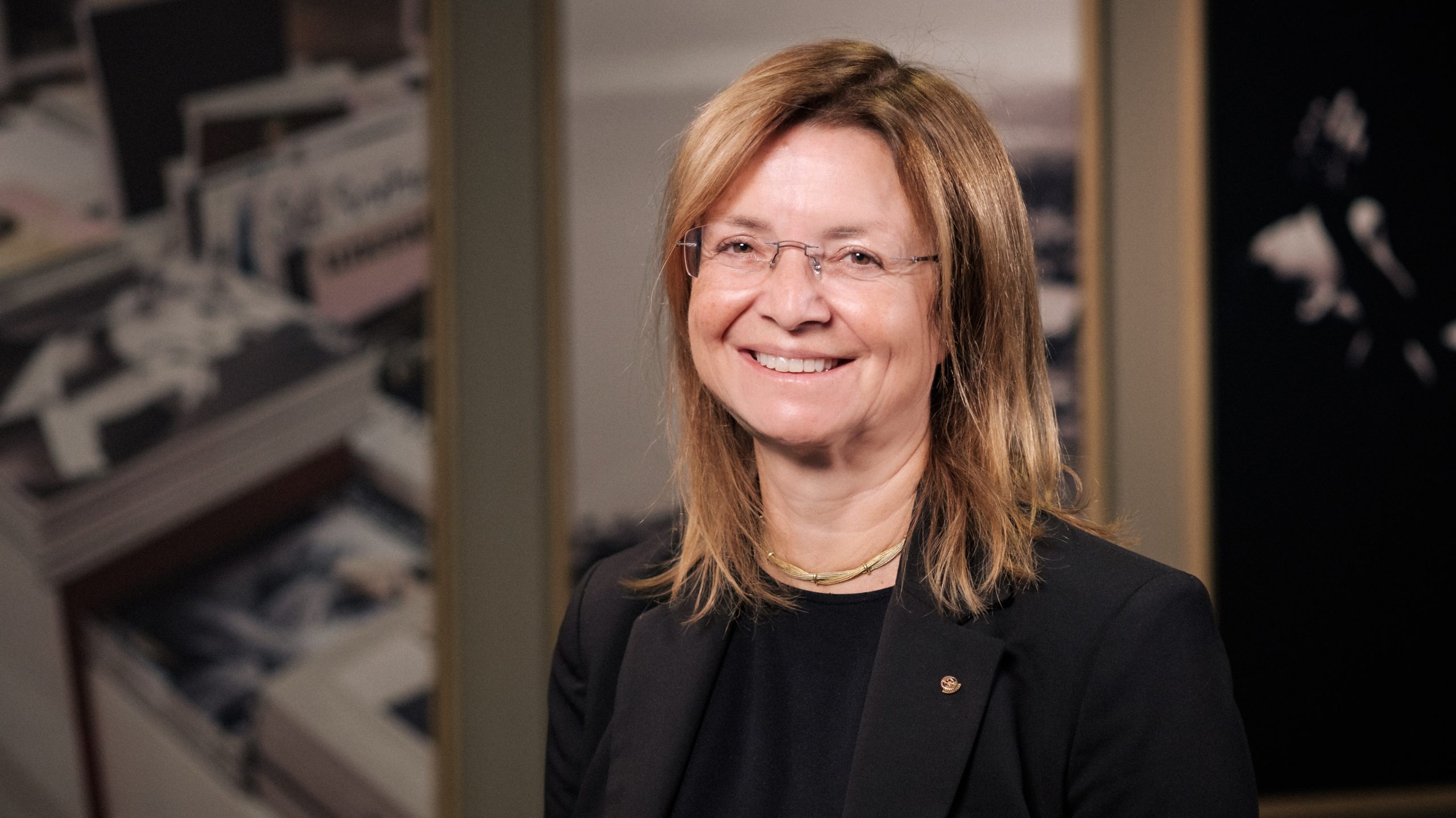
Given the speed in which our world is moving, today’s trends in luxury and the luxury industry may not be the exactly the same or continue in even six months’ time. However, these trends, spanning hospitality, travel and related sectors including fashion, accessories and jewellery, give you a lot of scope to develop amazing customer experiences. So what is happening already in 2024 in the luxury world?
‘Quiet or silent luxury’: a global phenomenon
In 2023 the big, brash, ‘in-your face’ luxury brands started to tone it down because the customer perspective and customer approach is now moving towards quiet luxury. That is, being understated, emphasising exclusivity and discerning taste without overt displays of wealth and this trend will be consolidated in 2024. Fashion is always the first sector that shows trends very publicly, but we also see it in other product categories. In furnishing, for example, there is a move to vintage pieces and having much less overstated and quiet, clean and minimalistic lines. In fact, this applies in hospitality as well to a certain extent. This is seen in less use of exotic ingredients in Michelin star restaurants and returning to locally sourced and small producers, rather than importing flashy foods from distant lands.
Micro trends, some may be short lived
Whereas quiet of luxury is a global phenomenon that we see, with a return to quiet luxury in most markets, there are also what we call micro trends which can be more local. They can be quite short lived because actually many of them come from TikTok which tends to be in and out fairly quickly. So, for example, in the most recent Paris and Milan fashion weeks in February we saw ‘minimalism meets messy’. Quiet luxury, minimalistic, but also some little accents which are not flashy or bling but give character. With chunky jewellery, whilst you might ask how this fits with quiet of luxury, the overall look is fairly minimalist. One statement piece which gives the overall look some character.
A move to ‘extraordinary everyday’
A fundamental characteristic of luxury and luxury products is there has to be something exclusive and memorable. In fashion, for example, a dress or a shoe could be fairly mainstream, but then aspects of it make it a little bit different and capture why they make you focus on that particular look. The design may be classic, yet there is something that adds a bit of an edge to it. Moving between quiet luxury and extraordinary everyday, this is about developing something to focus the customer’s attention on the luxury product. Essentially the product can be quiet, but it has to have an element of being special. This example also gives you an idea of how trends can be fairly fluid.
Wellness: an integral part of luxury travel and tourism experiences
There has been a shift from luxury product to luxury experience. In the last year, products were continuing to grow in double digits, but now for most product categories – fashion, accessories and jewellery – we are only looking at single digits between four and six percent. On the other hand, travel and tourism and everything that is experience is growing very significantly in 2024. Within this, luxury travellers have a focus on longevity – how to live better and longer, so a combination of health, rest, nutrition and so on – and related facilities are growing in many different markets. These bring opportunities for those that wish to spend large amounts of money to enjoy relaxation but also to really work on their health. There is a lot of development in wellness-related activities, and places like sleep clinics working on improving sleeping patterns are really growing.
Growing demand for personalised services
Luxury has always been about personalisation. It is not just about getting your hands on that exclusive product, but on getting a service that is really tailored to you as an individual. This has been something that luxury brands have worked on more and more in the past years and it has really become a key objective in 2024. For example, luxury fashion and jewellery stores are no longer a space where a transaction takes place, they are now a venue where the customer interacts with the brand and the brand is hosting a guest. If you make appointments with certain brands, such as a luxury car showroom, they will check you out on LinkedIn before you arrive so they have not just your name but also your background. They can then talk to you about your interests, and how you want to engage with the brand. In a way it is easier to engage with the brand as a person in a hospitality setting because hotels can know a lot about you, particularly if you are a repeat visitor or have a loyalty card, but product brands are really catching up on this as well.
Immersive and local
Finally, there is a trend to use more natural and locally sourced products, products that are not the issue of exploitation and have not damaged the environment. With that comes an additional interest, which is ‘I don’t want to travel as an entity that is parachuted into a location and has no engagement with the location itself’. I want to learn about where I am going, I want to be part of some local activities and eat locally sourced food. More and more in luxury hospitality we see these efforts to provide experiences which go above and beyond, helping customers learn more about the destination and how things are grown or cooked. If quiet luxury, immersive and local trends hold it will be luxury travel destinations that offer more authentic experiences that are trendier this year.

Dr Eleonora Cattaneo is Program Director of the MSc in Luxury Management and Guest Experience and the Executive Master’s in Luxury Management and Guest Experience at Glion Institute of Higher Education.
